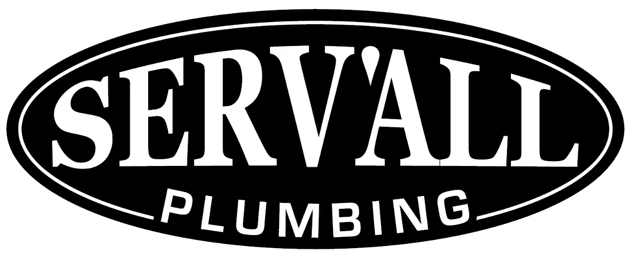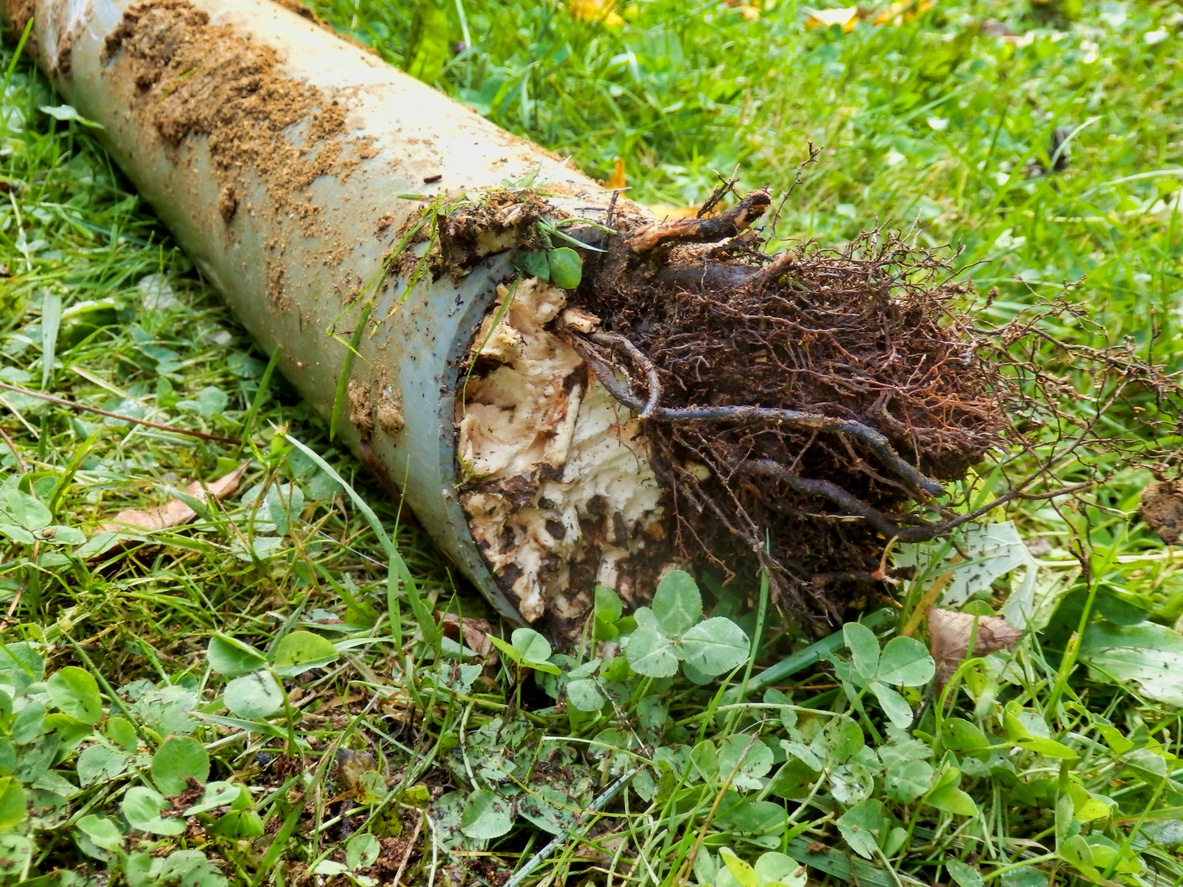Spring and summer in Metro Atlanta bring new growth—and not all of it is welcome. During these warmer months, roots grow aggressively, often pushing their way into underground sewer pipes and drain lines in search of moisture. This is called root intrusion, and it’s one of the most common causes of clogged drains, slow water flow, and damage to your home plumbing system.
Knowing the signs of root intrusion and sewer line damage can help you act fast and avoid a costly plumbing emergency.
What Is Root Intrusion?
Root intrusion occurs when tree or shrub roots infiltrate your underground sewer system, drainage system, or water lines. This typically happens through tiny cracks, aging joints, or damaged pipe materials. Once inside, the root growth continues, blocking flow, damaging the pipe, and even bursting it under pressure.
If your home has a septic tank, root intrusion can also affect lines leading to or from the tank, resulting in messy backups and unpleasant odors.
Warning Signs of Root Intrusion in Your Sewer Pipes
Catching root intrusion early can help you avoid significant damage and costly repairs. Watch for these red flags:
1. Persistent Clogged Drains
A stubborn clogged drain that returns no matter what you try may be caused by roots inside your drain lines or sewer pipes. This is especially true if multiple drains in the house are affected.
2. Unusual Gurgling Sounds
When roots partially block a sewer line, you may hear bubbling or gurgling sounds as air gets trapped and released in the drainage system.
3. Sewer Backups or Slow Water Flow
If your toilet, shower, or sink backs up—or the water takes forever to go down—you could be looking at a serious plumbing issue caused by roots disrupting your water flow.
4. Greener Patches in Your Yard
Tree roots thrive on the nutrients in your leaking sewer system. If a spot in your lawn looks suspiciously green or damp, it might be soaking up water from a cracked or root-filled pipe.
5. Foul Odors Indoors or Outdoors
Roots invading your sewer pipes can cause cracks that leak gas. If you notice strong sewer smells around your home or yard, it’s time to investigate.
What to Do If You Suspect Root Intrusion
Root intrusion sewer line damage can quickly go from a minor inconvenience to a major disaster. At Serv’All Plumbing, our licensed experts can quickly diagnose the problem and recommend the best solution.
We often begin with a video inspection to locate the root blockage, followed by hydro jet cleaning. This is a powerful, high-pressure water method that blasts through roots without damaging the pipe. In cases of severe damage, we can repair or replace affected sections of the home plumbing system using trenchless methods when possible.
Preventing Root Intrusion Before It Starts
While our team is always ready to repair your residential plumbing issue, preventing root intrusion from happening in the first place can save you from expensive repairs. Here are some tips:
- Avoid planting trees near your sewer pipes, septic tank, or water lines
- Schedule routine inspections of your drainage system
- Use root barriers to redirect underground growth
- Maintain older pipes before cracks allow roots to grow in
Root Intrusion FAQs
How do roots get into pipes exactly?
Roots typically enter through small cracks, loose joints, or gaps in underground pipes. Moisture and nutrient-rich vapors escaping from these openings attract roots, which naturally grow toward them and eventually into the pipe.
Can roots penetrate PVC pipes?
They can, especially if there are poorly sealed joints or damage. PVC is more resistant than older materials, but it’s not immune—roots will exploit any weak point if moisture is present.
What problems can root intrusion cause?
Common issues include:
- Blockages that slow or stop water flow
- Sewage backups in the home
- Cracked or broken sewer pipes
- Persistent leaks
- Increased water bills from unnoticed water loss
Left untreated, root intrusion can lead to significant damage and require extensive repair.
How is root intrusion detected?
The first step is usually a camera inspection to identify root clogs inside your drain lines. This allows our team to pinpoint the exact location and severity of the intrusion, saving you time, money, and unnecessary digging.
How can root intrusion be treated?
Treatment depends on the severity of the intrusion. Options may include:
- Mechanical removal using augers or snakes
- High-pressure hydro jet cleaning
- Chemical treatments to kill roots
- Pipe repair or replacement if structural damage is found
- In some cases, removing or pruning nearby trees or shrubs
Is root intrusion a recurring problem?
It can be, especially if tree roots aren’t removed or if there’s ongoing damage to the pipes. Even after cleaning, roots may return unless the source of the issue is addressed.
Fast, Reliable Plumbing Repair After Root Intrusion in Metro Atlanta
If you’re dealing with root intrusion in your sewer system, don’t wait for the damage to get worse. At Serv’All Plumbing, we’ve been helping homeowners across Acworth and Metro Atlanta handle serious plumbing repair needs for nearly three decades.
With flat-rate pricing, fast response times, fully stocked trucks, and 24/7 service, we make it easy to get the help you need—quickly and professionally.
Get Expert Help With Your Plumbing System from Serv’All in Acworth, GA
If you’re seeing signs of root intrusion in your sewer system or need a second opinion on a stubborn plumbing issue, contact Serv’All Plumbing in Acworth, GA. Call (678) 968-0132 or request your free estimate today.
We serve homeowners across Metro Atlanta with fast, guaranteed plumbing repair for any challenge—from clogged drains to sewer line emergencies.

